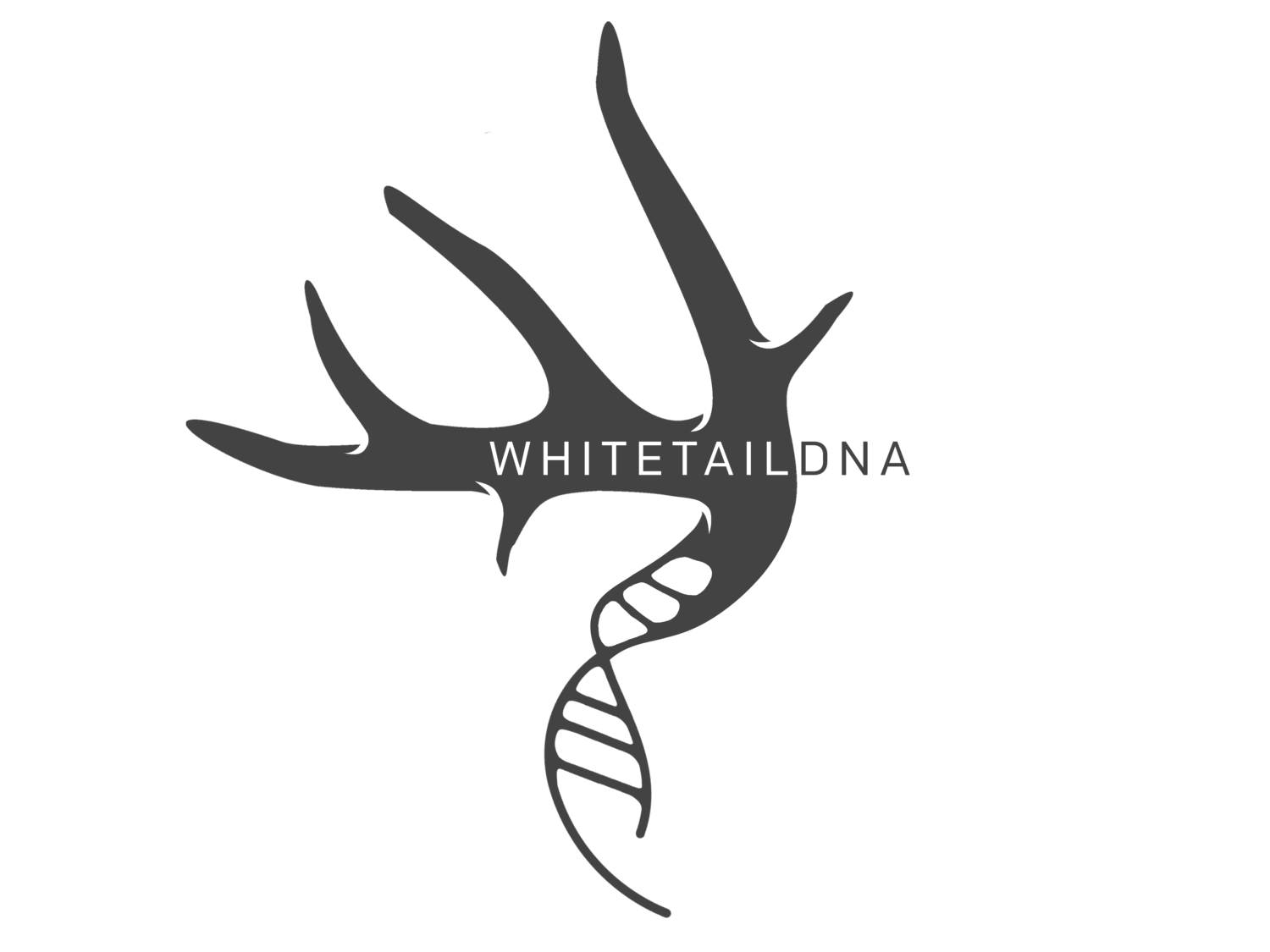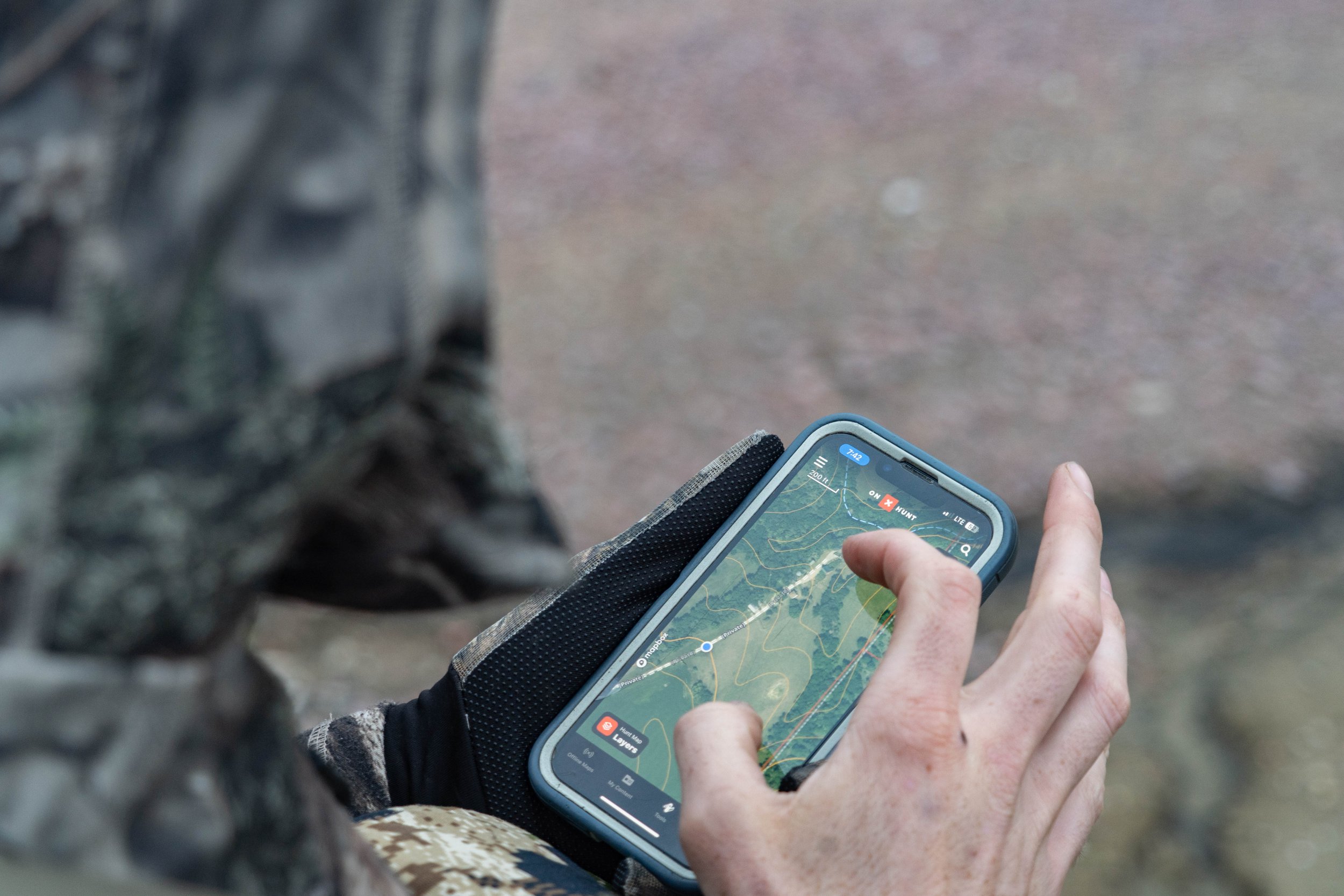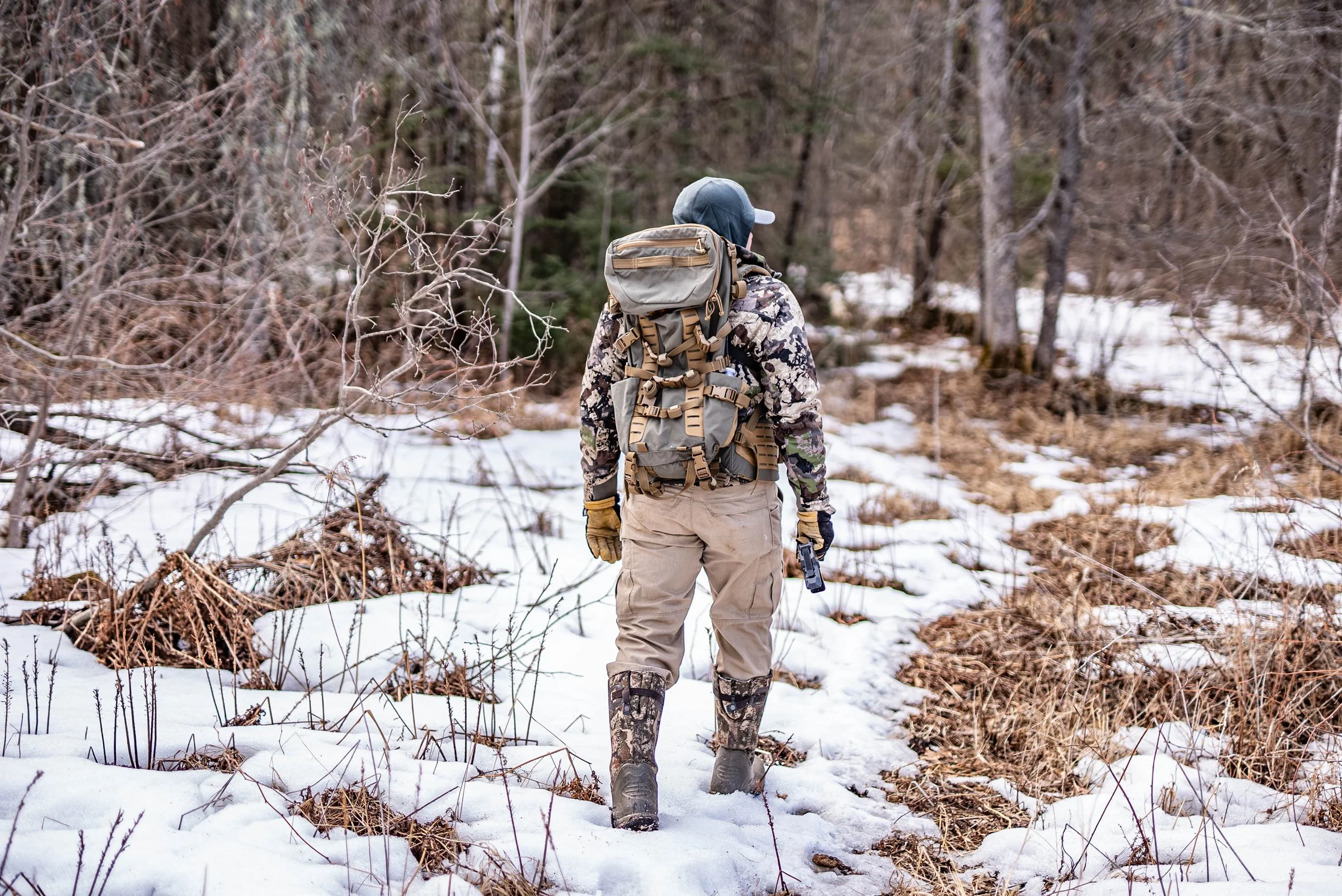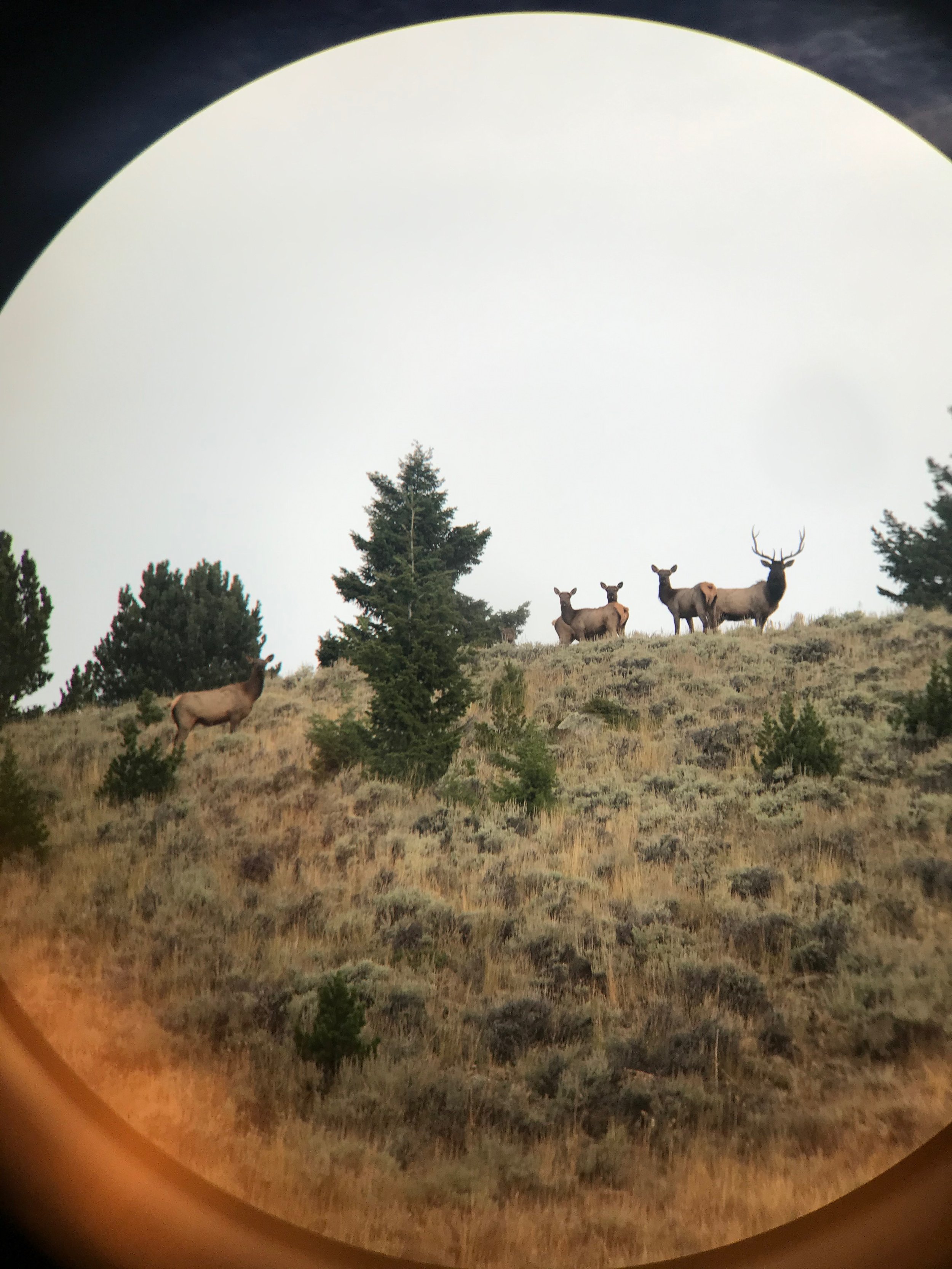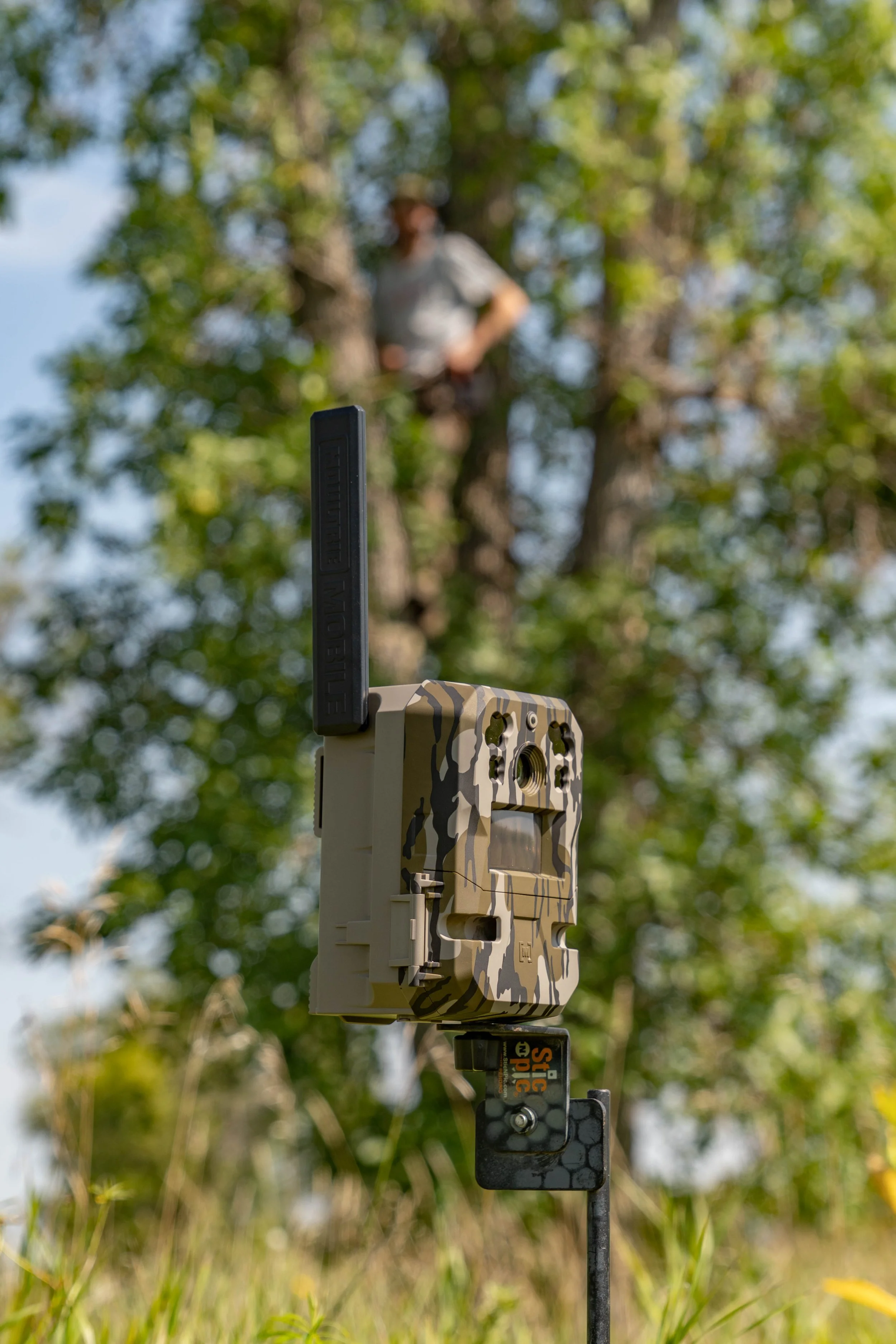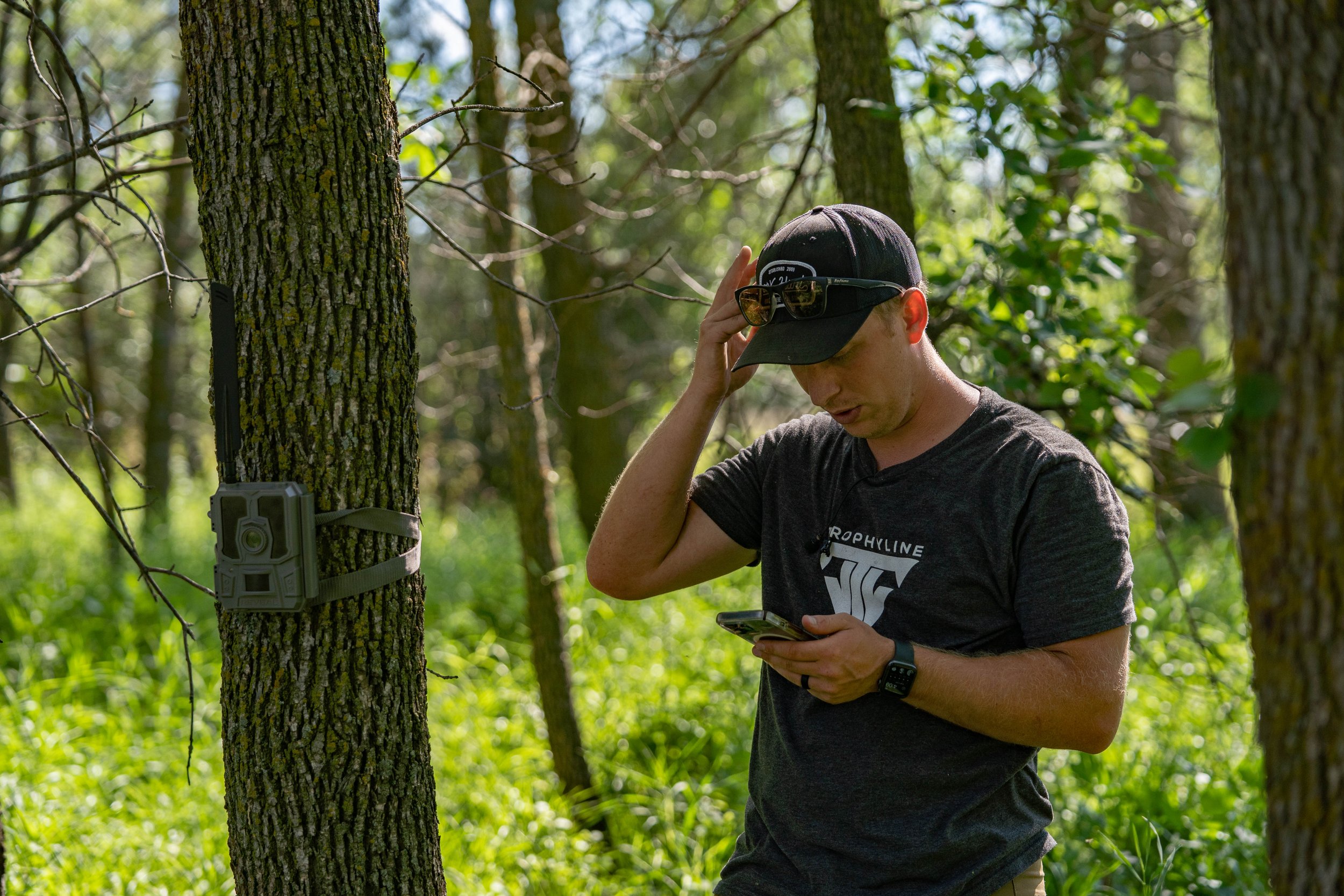By Kaleb Comstock
I believe scouting is the single most important thing a person can do to help themselves be more successful in the fall. In this blog I am going to dive a little deeper into scouting and what I’m exactly doing and looking for as I scout. I am going to talk about how important and how to use online maps as well as discuss what I am looking for when I have my boots on the ground.
The Use of Online Maps
The first thing I do, before I ever actually step foot on a property is I look at it on a map. The amount of time I spend on the OnX Hunt App is honestly probably scary. I am constantly on OnX looking at maps. When I look at a property on a map, I am looking for three specific things right away. Water, terrain and food are three things I always start off looking for on a map. Animals need food and water in order to survive, that’s why I look for those two right away. I look at the terrain right away to see what type of land I am dealing with. Often times, if there’s good terrain, it makes finding funnels and pinch points way easier than if the entire property was flat.
When I am looking at the terrain on a property, I am using either the topography map or the hybrid map on OnX. These two maps show the topography using lines. The closer the lines are together, the steeper the terrain. When I am looking at the topo, I am looking to see where the lines meet together and widen out to create a funnel. Most of the time, the deer are not going to walk in the steepest parts, instead they will walk where the terrain levels out and it “funnels” the deer. When I find these funnels on the maps, I will drop a pin. That way when I go and get boots on the ground, I am able to fully understand how everything lays out based on what I saw on the map and what I saw in person. A person can learn so much valuable information that will help them be more successful when they learn how to read topography on online maps.
Boots on the ground
The amount of knowledge you can gain by getting boots on the ground on different properties is unparalleled. Not only can scouting help you learn about a specific property, it will also build your knowledge about deer and how deer move. Ultimately, both of which will make you a better hunter.
When I am scouting a property, I am constantly looking for new and old sign. When I am scouting in the spring, I am looking at rubs, scrapes and trails the deer used in the fall. While doing this, if it’s a property I plan to hunt, I am dropping pins on OnX. Bucks will typically hit the same scrape year in and year out, so having intel on different big scrapes are great things to look for when you are scouting. If I am scouting during the season or right before the season, I am looking for the same sign as well as browse pressure. When it is early in the season, browse pressure is a great thing to look for in order to see where deer might be more concentrated and what they are feeding on. If you are ever in a green bean field at the beginning of the year, pay closer attention to the bean stem and leaves. Deer will hit certain areas of a bean field harder than others. In order to pinpoint that, I look at the browse pressure on the beans to see which beans are chewed on more in certain parts of a field.
Another thing I am trying to learn when I scout, is how deer are specifically moving through an area. For example, if there is a creek or river running through a property, that is often generally a good travel corridor. I am trying to learn how these deer are moving along the water, where their creek crossings are and if there is also bedding along the water. I am also looking for travel routes that the deer take. I want to know how they are traveling from their beds to the food. Every little detail I can learn about a property, I make notice of it. I can then use what I learn about certain properties to apply to other farms. Whenever I step foot on a property, I am trying to learn something new that will help me be a better hunter.
Conclusion
Whether you are e-scouting or putting your boots on the ground, we as hunters can learn so much. Every year things change, it is important that we learn from the changes. Being able to learn and adapt will make you a better hunter. Don’t be afraid to get your boots on the ground and log some miles scouting, it could make all the difference this fall.
